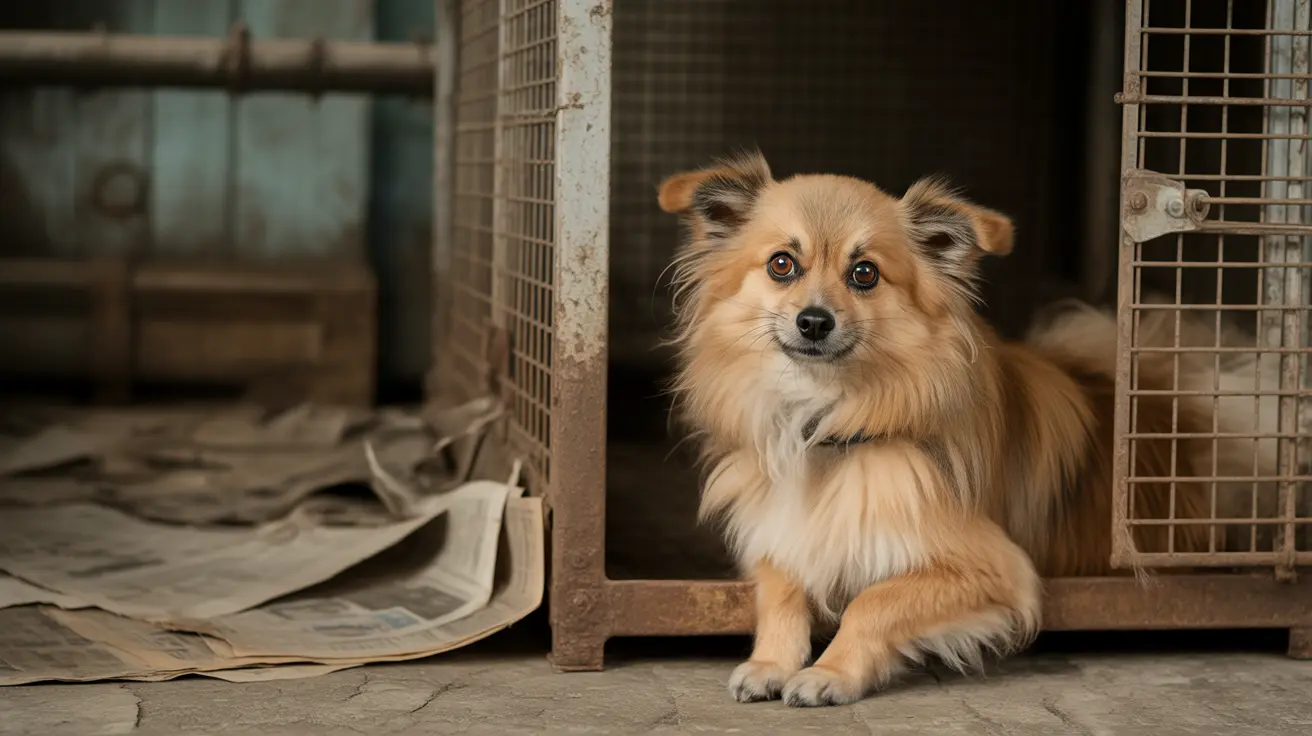The Benefits of High Fiber Dog Food for Your Dog's Health
When it comes to your dog's diet, fiber might not be the first thing on your mind. But this often-overlooked nutrient plays a crucial role in keeping dogs healthy—especially when it comes to their digestive system, metabolism, and even weight control. Let's dive into how high fiber dog food can make a real difference for your canine companion.
Understanding Fiber: Soluble vs. Insoluble
Fiber is a type of carbohydrate that dogs can't digest directly. Instead, it passes through their digestive tract, where it serves several important functions. There are two main types:
- Soluble fiber: Attracts water and forms a gel during digestion. It's usually fermentable by gut bacteria, producing short-chain fatty acids (SCFAs) that nourish the colon and support immune function.
- Insoluble fiber: Doesn't dissolve in water and isn't digested by dogs. It increases stool bulk and helps move waste through the intestines.
A balance between these two types is key because each serves different purposes in your dog's body.
Digestive Health and Stool Quality
Fiber is best known for its impact on digestion. Insoluble fiber bulks up stools and makes elimination easier, while soluble fiber holds water in the stool, normalizing its consistency. If your dog struggles with diarrhea or constipation, a mix of both fibers can help regulate bowel movements—firming up loose stools or softening hard ones as needed.
For example:
- Diarrhea relief: Soluble and insoluble fibers together can reduce frequency and improve stool firmness.
- Constipation relief: Fiber forms gels that help move waste along; increased volume stimulates gut movement.
Just remember: when increasing fiber, make sure your dog has plenty of fresh water to prevent constipation.
Nurturing Gut Microbiota: The Prebiotic Effect
Certain soluble fibers—like chicory root, FOS (fructooligosaccharides), or inulin—act as prebiotics. They feed beneficial gut bacteria, which in turn:
- Promote microbial diversity in the gut
- Support the gut barrier against harmful bacteria
- Boost immune system responses
- Create SCFAs (like butyrate) that fuel colon cells and modulate inflammation
A healthy microbiome has been linked to better immune function and may help with chronic inflammatory conditions in dogs.
Weight Management & Metabolic Health
If your dog needs to shed some pounds—or just maintain a healthy weight—a high fiber diet can help. Here's how:
- Bigger meals without extra calories: Insoluble fiber adds bulk but barely any calories, so your dog feels full sooner.
- Sustained satiety: Dogs are less likely to beg or overeat when they're satisfied after meals.
- Smoother blood sugar control: Fiber slows glucose absorption from food, making it especially helpful for diabetic dogs. Most therapeutic diets for diabetes include more fiber for this reason.
Other Health Benefits of Fiber for Dogs
The perks don't stop at digestion or weight control. High fiber diets may also:
- Aid cardiovascular health: By reducing cholesterol absorption (though cholesterol issues are rarer in dogs than humans).
- Support kidney function: Fiber helps eliminate nitrogen through the gut, which could ease strain on kidneys—useful for dogs with renal disease.
- Cater to special needs: Ongoing research explores benefits for senior dogs and those with reproductive or lipid profile concerns.
Cautions: When Too Much Fiber Is a Problem
You can have too much of a good thing—even with fiber. Excess insoluble fiber may reduce absorption of minerals and calories, leading to rapid weight loss, dull coats, diarrhea, or gas. Too much soluble fiber might cause loose stools if not balanced properly. Dogs needing high energy (like puppies or working breeds) or those with certain intestinal issues shouldn't get excessive fiber without veterinary guidance.
The Best Sources of Fiber for Dogs
The most nutritious fibers come from whole foods such as sweet potatoes, carrots, pumpkin, apples, green beans, oats, brown rice, and leafy greens. Commercial diets may use beet pulp or psyllium husk for functional benefits—but beware of excessive fillers like cellulose or soy hulls that offer little nutritional value and may cause discomfort if overused.
How Much Fiber Should Your Dog Eat?
Most regular dog foods contain about 2–4% crude fiber (dry matter). High-fiber formulas—often labeled as "weight management"—run between 6–10%. Higher levels should only be used under veterinary supervision for specific health conditions. Introduce new sources gradually to avoid stomach upset.
Therapeutic Uses: When Vets Prescribe High Fiber Diets
Diets enhanced with both soluble and insoluble fibers are often recommended for managing acute or chronic GI disorders like diarrhea (especially colitis), constipation, anal gland problems, obesity, diabetes mellitus, or large-bowel issues. Many studies show that these diets improve symptoms and sometimes reduce reliance on medication.
The Bottom Line: Why High Fiber Matters
A well-balanced high-fiber diet offers multiple benefits: better digestion and stool quality; easier weight management; stable blood sugar; healthier gut flora; possible kidney support; improved overall well-being—and happier pets! Just remember to find the right balance between soluble and insoluble fibers from wholesome ingredients to maximize these advantages while minimizing risks.





